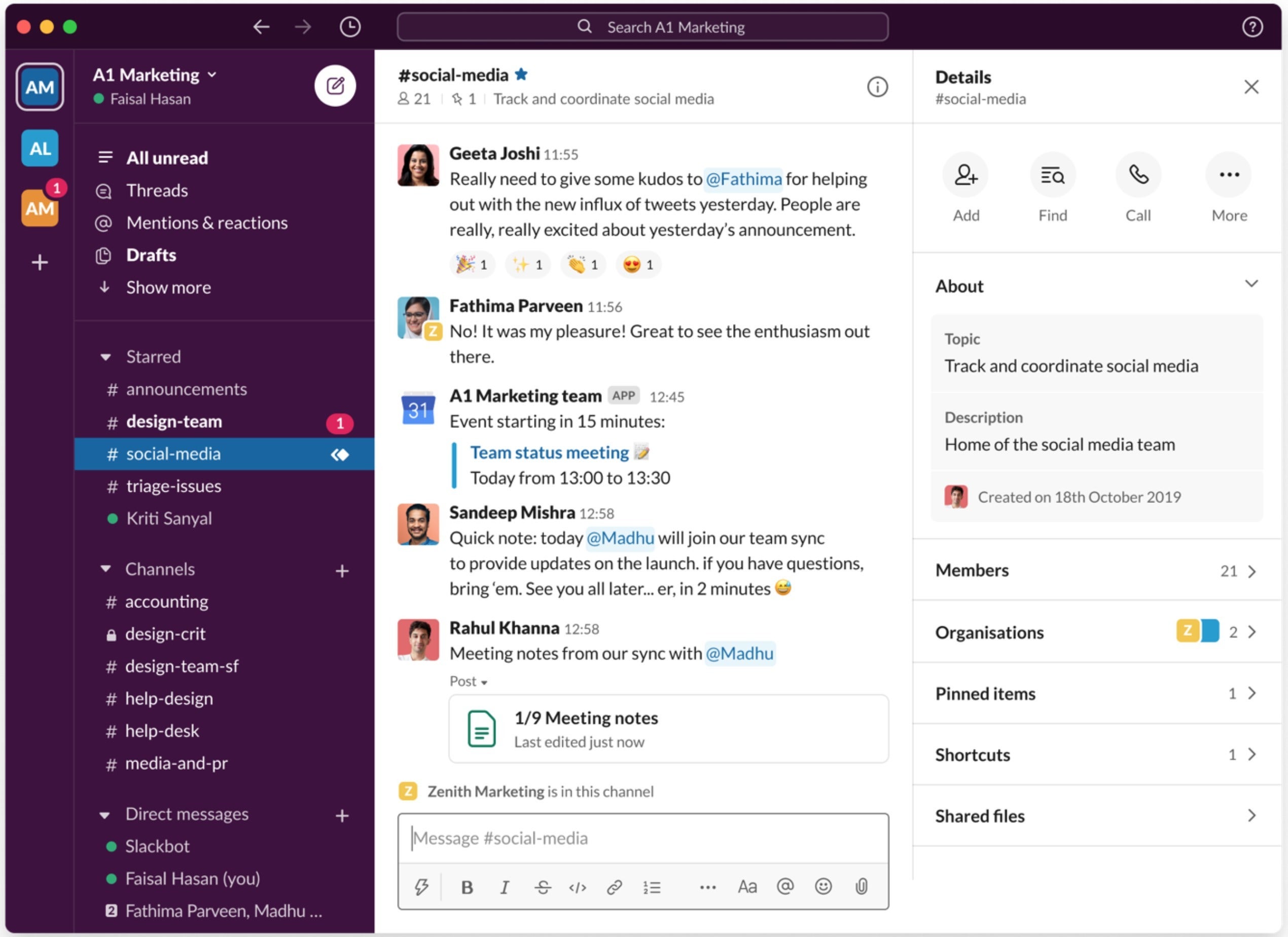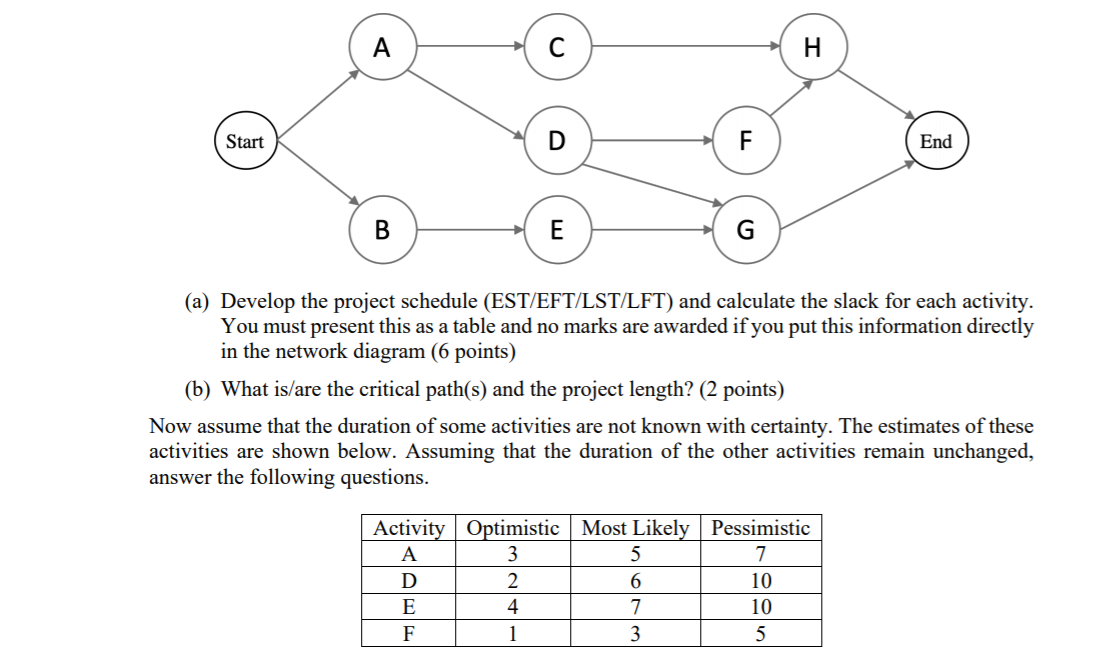

Drag the divider bar to the right to view more of the table. Right-click the Select All button, and select Schedule from the list of tables.Ĥ. Slack appears as thin lines that extend from the regular Gantt bars.ģ. Tip You can identify slack on the Gantt bars.

Select Detail Gantt from the list, and then click Apply. Choose ViewOMore Views to open the More Views dialog box.Ģ. To find tasks with slack time, follow these steps:ġ. To avoid creating slack time, use the As Soon As Possible constraint whenever possible. Task t^Je: Calendar: &BS code: Earned value methodįinish No Earler Than Finish No Later Than Must Frdsh On Must Start On Start Mo Earlier Than Start Mo Later Thaiįigure 9-4: Constraints can often create slack time. General | Predecessors | Resources Advanced j Motes | Custom Fields Name IDetermine budget Duration: [3d -rj r EstimatedĪs Soon As Possfcle Constant date: [|MA ^ When the dialog box appears, select the Advanced tab.

To display the Task Information dialog box, double-click the task in your schedule. As you read in Chapter 4, you set constraints on the Advanced tab of the Task Information dialog box, as shown in Figure 9-4. For exam ple, you see a negative slack value when one task has a finish-to-start dependency with a second task, but the second task has a Must Start On constraint that is earlier than the end of the first task.Īlmost by definition, you create slack time if you use the Must Start On constraint when you create your task. Note Slack values can also help you identify inconsistencies in the schedule. Therefore, you can use tasks with slack to compensate for tasks that take longer than planned or to help resolve overassignment of resources.

If you have slack in your schedule, you may be able to move tasks around to balance phases of the schedule that have no slack with phases that have too much slack. Most projects contain noncritical tasks with slack - these tasks can start late without affecting the schedule. Free slack is the amount of time that a task can be delayed without delaying another task. With progress entered on the predecessor task, the start date of the successor task is now known and becomes part of the total slack calculation.Slack time is the amount of time that a task can slip before it affects another task's dates or the finish date of the project. For example, if you're working with a Start-to-Start task relationship, the total slack can change when you enter progress on the predecessor task. The behavior of total slack can differ depending on the link type. Negative slack indicates that there is not enough time scheduled for the task and is usually caused by constraint dates. If total slack is a negative number, it indicates the amount of time that must be saved so that the project finish date is not delayed. If total slack is a positive number, it indicates the amount of time that the task can be delayed without delaying the project finish date. Remarks Total slack can be positive or negative. You add the Total Slack field to the task sheet and look for sizable positive numbers, which indicate there is some extra time available in the schedule. You have agreed to review the schedule to see whether there is any slack to accommodate any new tasks.
Total slack and free slack how to#
You can also use the Total Slack field to determine how to recover a schedule that's slipping.Įxample You have received suggestions from management about some additional tasks to add to the project. This can be useful if a resource needs more time on a task, or if you want to assign a resource to another task. Total slack is calculated as the smaller value of the Late Finish minus the Early Finish field, and the Late Start minus the Early Start field.īest Uses Use the Total Slack field to determine whether the task has any time available for a delay. How Calculated Microsoft Office Project bases its calculations of total slack on comparisons of the dates in the Early Start, Early Finish, Late Start, and Late Finish fields for the task, which in turn take into account the dates for any successor tasks. Description The Total Slack field contains the amount of time a task's finish date can be delayed without delaying the project's finish date.


 0 kommentar(er)
0 kommentar(er)
